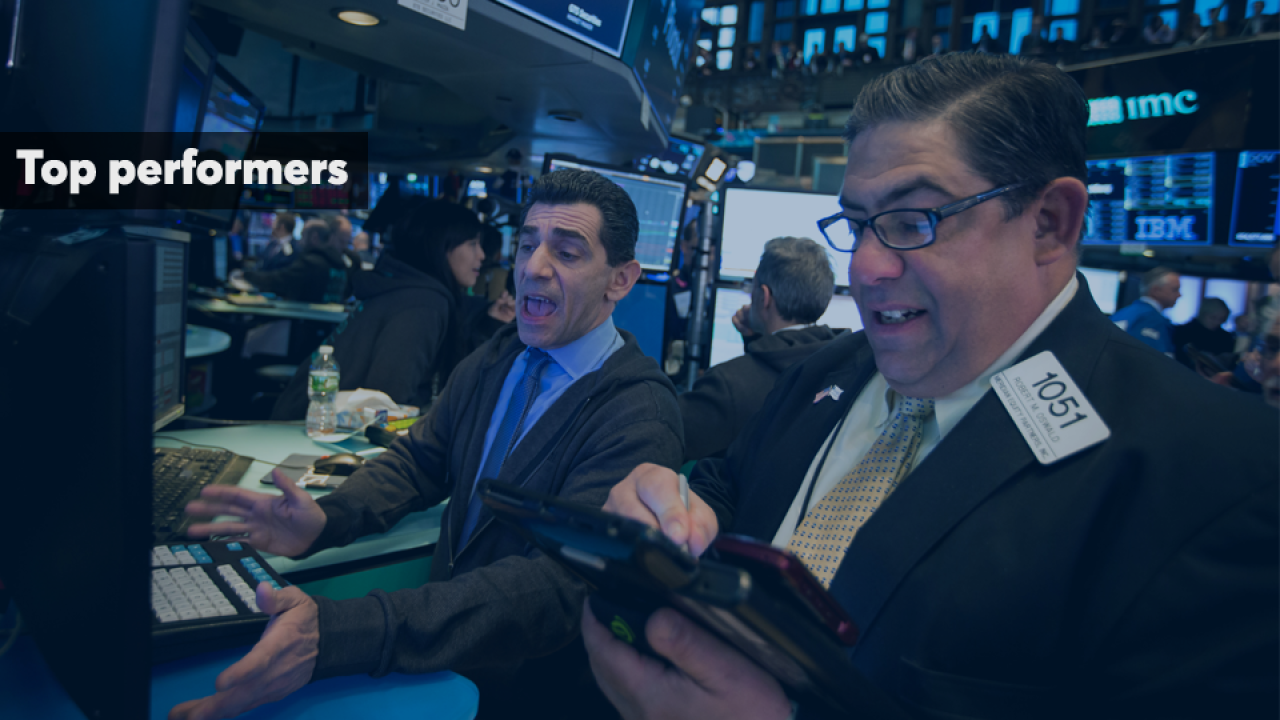Treasurys surged, driving 10-year yields below 1% for the first time ever, as traders bet the Fed’s emergency rate cut might not be enough to prevent the coronavirus from chilling the U.S. economy.
The rate on benchmark 10-year notes sank as much as 17.9 basis points to 0.9845%. Two-year yields declined up to 23.1 basis points to 0.6715%.
Though the Fed met Wall Street’s hopes for aggressive action with its half-point reduction, Chairman Jerome Powell seemed to unnerve markets by saying it’s unclear how long the virus’ impact will last.
“There is some sense that the Fed is kind of shooting their bazooka off and might know something else, that this pandemic might get substantially worse in the U.S.,” said Donald Ellenberger, a senior portfolio manager at Federated Investors. “This is a market that is simply being driven by fear. That’s driving people into Treasurys and the 10-year yield can absolutely trade below 1%.”
-
"We seek to finance the government at the least possible cost to taxpayers over time," said Treasury Secretary Steven Mnuchin.
January 21 -
Defined-maturity funds offer traditional fixed-income interest payments.
July 1 -
The funds may be gaining traction among older investors with significant assets, but rarely live up to their billing.
December 2
Ellenberger said yields are also being driven lower because markets expect more Fed easing.
The central bank’s decision came a few hours after Group-of-Seven finance chiefs issued a coordinated statement saying they were ready to act to shield their economies from the virus. Policymakers faced pressure to act after the OECD warned the world economy faces its “greatest danger” since the 2008 financial crisis.
U.S. stocks initially surged after the Fed’s decision, but that quickly petered out and the S&P 500 dropped amid the bond rally.
“The market is calling into question how much of an effect the Fed can have on the current situation,” said Jason Ware, managing director and head of institutional trading at the broker-dealer subsidiary of 280 CapMarkets. “The market is not confident that cutting rates is going to help out.”
Long-term Treasury yields have hit record lows this week and the pile of negative-yielding debt around the world has grown as the economic backdrop soured and fears of a pandemic mounted.
“My colleagues and I took this action to help the U.S. economy keep strong in the face of new risks to the economic outlook,” Powell said. “The spread of the coronavirus has brought new challenges and risks.”
“The combination of low rates, curbs on state and local tax deductions, and consistent economic expansion have been a nice tailwind,” an analyst says.
Wall Street economists, including those at Goldman Sachs, had predicted that Fed would cut rates by 50 basis points this month — and follow with additional easing. Goldman forecasts another 50 basis points in cuts by the end of June. The next Federal Open Market Committee meeting is scheduled for March 17-18.
In the wake of the Fed’s move and Powell’s comments, JPMorgan Chase’s chief U.S. economist Michael Feroli pulled forward to the March meeting a call for a quarter-point cut. Feroli had previously expected additional easing to come in April.
“There is no doubt that a considerable uncertainty exists over the future economic impact of the virus and attendant surge in volatility of financial markets,” Michael Shaoul, CEO at Marketfield Asset Management, wrote in a note. “We therefore understand why the FOMC felt compelled to act between meetings given the high certainty of a rate cut being delivered that had been priced into interest rate futures. We would not be surprised if the eventual response combines additional monetary easing, balance sheet, and some sort of targeted fiscal response.” — Additional reporting by Vivien Lou Chen







